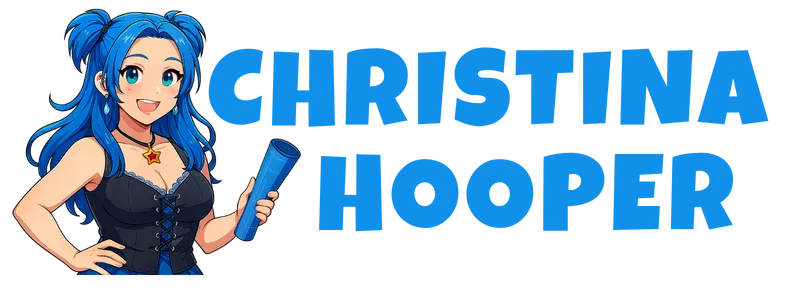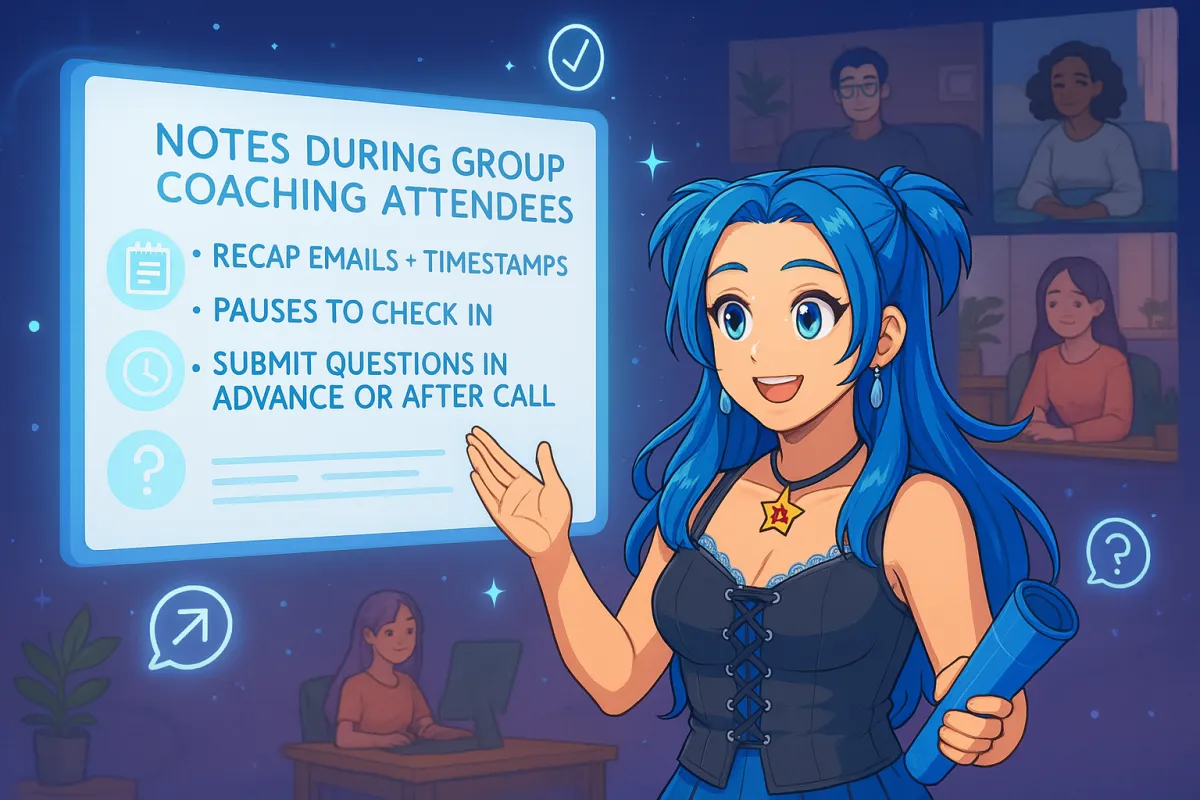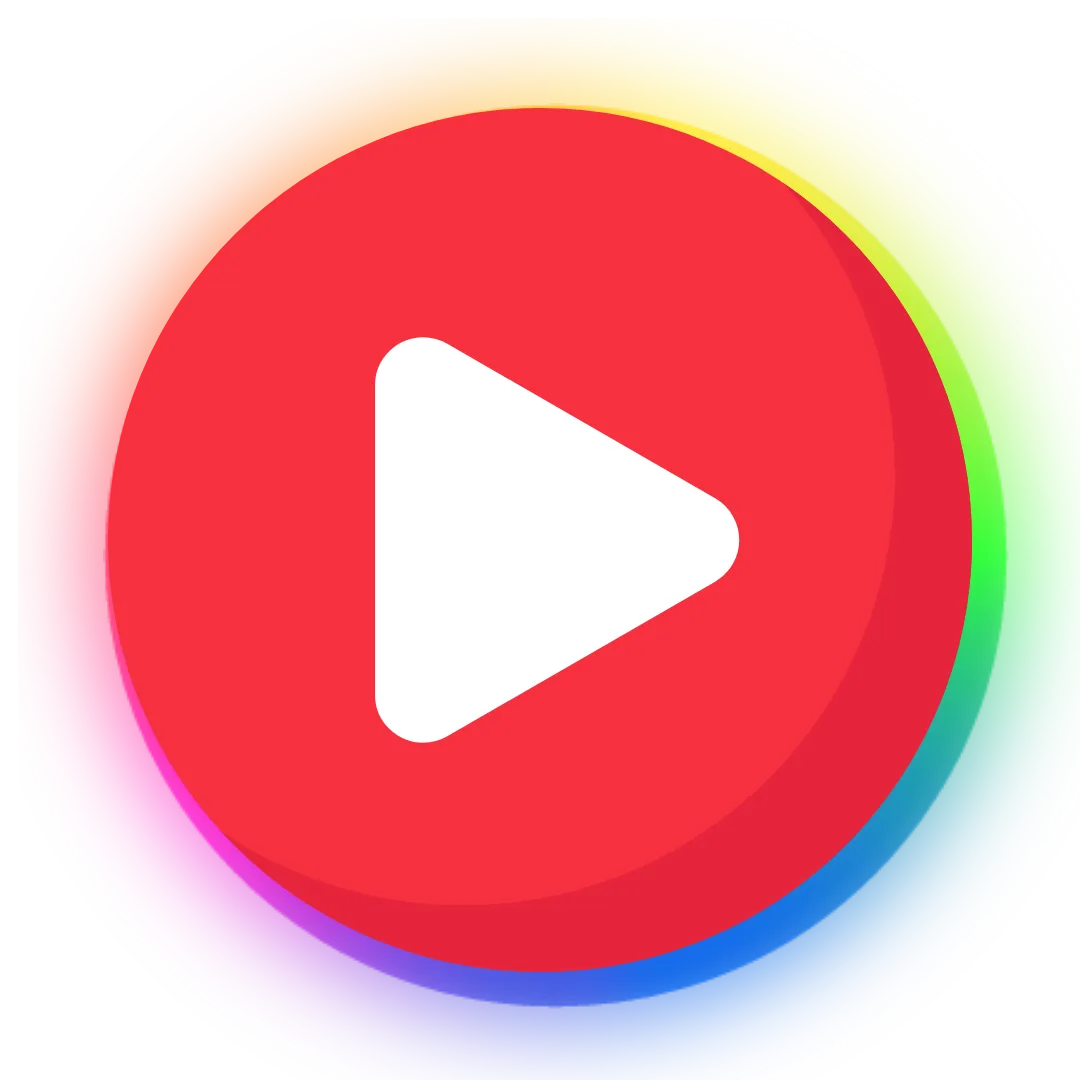Welcome to My Blog
Beyond the Buzzwords
Real talk about building businesses when your brain works differently.
I write about the stuff other business blogs won't touch: why most networking advice is torture, how to market without feeling gross, and what actually works when you're autistic, have ADHD, or just think systematically about everything.
No fluff. No fake motivation. Just honest insights about entrepreneurship for people who do things differently.
Why Group Coaching Can Feel Like a Glitchy Zoom Call (When You’re Neurodivergent)
Struggling to keep up in group coaching calls as a neurodivergent entrepreneur? This post explains how auditory processing delays can make group sessions overwhelming — and what simple accommodations can create safer, more accessible coaching spaces.
From Invisible to Unmissable: Create a Positioning Statement That Resonates
Ever feel like you're putting out great content but no one seems to notice? You're not alone. Many entrepreneurs find themselves lost in a crowded market, unsure how to stand out.
Content Ecosystem Mapping Tool: Aligning Your Content with Client Needs and Business Expertise
If you're struggling with defining your target audience, feeling that your content lacks direction, or seeing little engagement despite your efforts, it's time to consider a structured approach.
Why Clients Buy: Designing Services for Transformation
Discover how to transform your service offerings by focusing on client outcomes. Learn practical strategies to design services that deliver real results, build authentic engagement, and foster lasting client relationships.


This is a safe space. We support people being awesome people, no matter their race, creed, gender, sex, country, religion, or choice in TV shows. The only people that aren't welcome here are the people that don't agree with that.
2025 Christina Hooper, Business Design Consultant, dba Sparkitive, LLC - All Rights Reserved
4685 Happy Valley Rd, Unit #349, Flintstone, GA 30725










